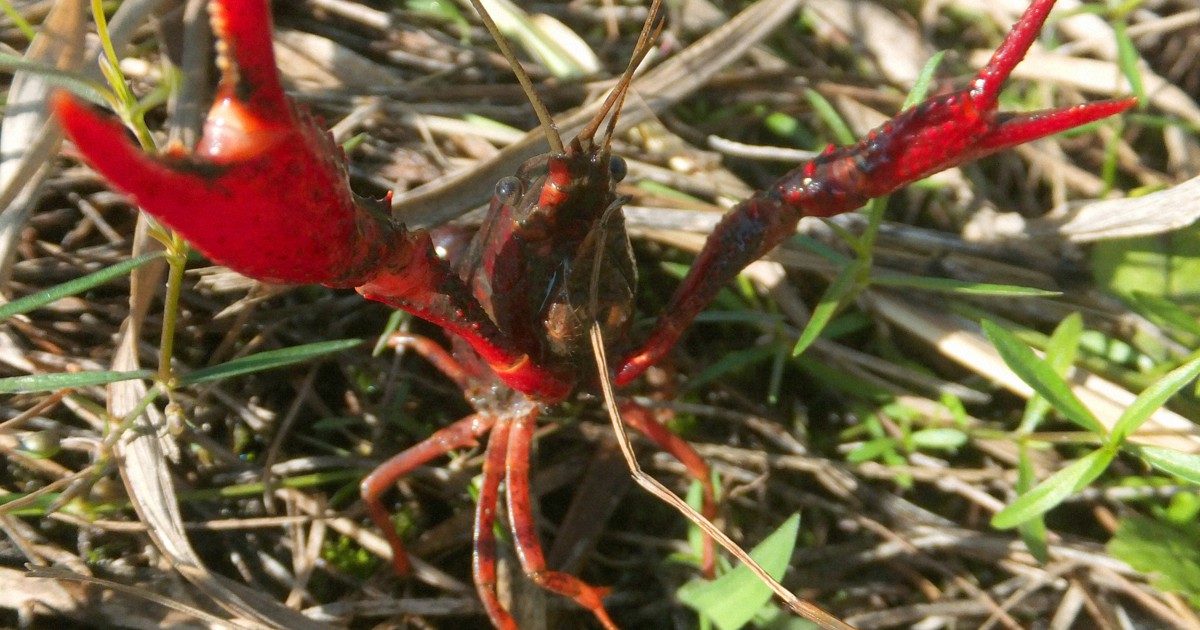- January 23, 2023
- No Comment
- 4 minutes read
News Navigator: As Japan clamps down on invasive crayfish, turtles … – The Mainichi

Please view the main text area of the page by skipping the main menu.
The page may not be displayed properly if the JavaScript is deactivated on your browser. Japan’s National Daily Since 1922
Japan’s National Daily Since 1922
January 23, 2023 (Mainichi Japan)
Japanese version
The Mainichi Shimbun answers some common questions readers may have about Japan’s new regulations on red swamp crayfish and red-eared slider turtles, which are popular as pets, before the updated rules take effect in June this year.
Question: How will red swamp crayfish and red-eared slider turtles be regulated from June onward?
Answer: Under the revised designated invasive alien species law, individuals as well as businesses will be banned from newly importing, selling or keeping these two species for the purpose of selling them. Releasing them into the wild will also be prohibited in principle. However, the law will continue to allow regular members of the public to capture them in Japan and to continue keeping them as pets.
Q: Will pet owners of these be able to release them into rivers or ponds?
A: No. Releasing them into the wild, even if they are just being kept by individuals as pets, will be banned. Imprisonment of up to three years or a fine up to 3 million yen (about $23,000) will be imposed on individuals, and corporate bodies will face a maximum fine of 100 million yen ($773,000), if they release the invasive species without permission. Once people own the pets, they have to be responsible and keep them until the end.
Q: What can I do if I become unable to keep them?
A: Red swamp crayfish apparently live for four to five years, and red-eared sliders 20 to 40 years. If one becomes unable to keep them, they’ll need to find someone else to take care of them. Selling them will be prohibited, but giving them to new owners for free will be allowed.
Q: What if I can’t find a new owner?
A: Even so, you must not release the animals into the wild. The Ministry of the Environment is calling for such people to kill these creatures in the event of unavoidable circumstances. Methods include freezing them to death and having veterinarians administer a drug. In principle, people must properly keep their pets until they die. If one is considering owning red swamp crayfish or red-eared sliders in the future, they will need to carefully think about whether they can keep the pets until the end.
Q: Why are the regulations so strict?
A: Both species are highly reproductive, and if they are released in rivers or ponds, they wreak havoc on the ecosystem by eating a great amount of waterweed, aquatic bugs and fish that are native to Japan. There have been reports about red-eared sliders eating the new sprouts of lotus roots, damaging the plants.
Q: Is it OK to release them outdoors before June?
A: Both species have already seriously damaged the environment, and just because the new regulations haven’t taken effect, people must not release them into the wild. The Environment Ministry has set up a hotline and is responding to inquiries about the regulations and keeping those species. Calls are being accepted between 9 a.m. and 5 p.m. at 0570-013-110 (in Japanese).
(Japanese original by Ei Okada, Science & Environment News Department)
More Articles 
Copyright THE MAINICHI NEWSPAPERS. All rights reserved.

